Service hotline
+86 0755-83975897
 en
en Release date:2025-02-19Author source:KinghelmViews:1385
An RF switch is a component that allows mobile phones to switch between different RF signal paths, acting like a bridge for signals to continuously connect or switch between pathways. RF switches have a wide range of applications and are indispensable components in 2G/3G/4G/5G cellular communication systems, Wi-Fi, Bluetooth, GPS, and other systems.
Similar to light switches at home, an RF switch has only two states: on and off, making its functionality very simple.
This article will discuss the design of RF switches with the theme of "simple yet sophisticated," starting from the most commonly used switch in current mobile phones: the SOI switch.
1.1 Streamlined Function
RF switches operate within the RF frequency range, and their function is to control the "on" and "off" states of RF signals.
Currently, the most widely used in mobile phones are semiconductor devices such as RF-SOI switches and pHEMT switches. The functionality of these semiconductor switches is similar to that of conventional electrical switches, and their symbols are also the same.
Diagram: (a) Electrical switch, (b) Switch symbol, (c) Semiconductor switch
1. 2. Application simplification
The main functions of RF switches include:
● Frequency band selection: Switching signals between multiple RF pathways.
● Transceiver switching: In TDD systems, switching between reception and transmission.
● Antenna switching: In multi-antenna systems, switching signals between different antennas.
1.3 Evaluation of simplicity
The evaluation of switches is also quite simple: when open, allow as much energy as possible to pass through; when closed, let as little energy as possible leak through.
The main reason why RF switches are not simple to design lies in the increasing complexity of RF systems, which place higher demands on RF switches for bridging and routing functions:
● Switches on the transmission path must handle high power throughput.
● Switching speed needs to be sufficiently fast.
● In complex systems, there is a significant increase in the number of poles and throws of the switches.
2.1 Handling high power
The primary issue that SOI needs to address is power consumption.
For mobile phones, the power in the transmission path typically operates around the 1W range. In a 50-ohm system, RF swing can exceed 10V, and due to load variations, this voltage may even surpass 20V. However, MOSFET devices in SOI typically have breakdown voltages of only around 2V, making power tolerance initially a major challenge for SOI in mobile switch applications.
This challenge has been tackled through innovative approaches by pioneering SOI manufacturers. In 2015, engineers like Dylan Kelly from Peregrine successfully employed Silicon on Sapphire technology with stacking techniques to support high voltage swings, designing and manufacturing 6T RF switches capable of meeting GSM requirements for mobile applications. These switches performed comparably to GaAs pHEMT, marking the beginning of SOI's integration into mobile RF switch design.
Diagram: stacking technique in SOI process to support high voltage swings
After adopting stacked transistors, although the on-state resistance Ron increases significantly when used in series, the off-state parasitic capacitance Coff decreases proportionally. Therefore, by increasing the transistor area, Ron decreases back to its original value, and Coff increases to its original value as well. The product of Ron and Coff remains unchanged, ensuring that switch losses and isolation characteristics are not affected. Increased breakdown voltage also does not compromise RF performance, leading to the rapid adoption of stacked transistor designs in RF switch applications.
The diagram below shows Peregrine's GSM mobile switch design from 2005, featuring 8 stacked transistors arranged in 6 branches. Branches 1 and 2 have stringent requirements for switch insertion loss, so larger transistor sizes were chosen. Branches 3, 4, 5, and 6 compromise between insertion loss and transistor size, with transistors half the size of those in branches 1 and 2, resulting in Ron doubling.
Diagram: Peregrine's SOS CMOS Switch Design in 2005
It should be noted that the above analysis assumes that power can be perfectly evenly distributed among the stacked transistors in the switch. However, achieving uniform voltage distribution in practical design is not straightforward. It requires careful design of bias circuits and thorough consideration of parasitic effects.
If high-power handling is not managed effectively in the design, it could lead to switch overload or burnout, resulting in irreparable reliability issues. Therefore, dealing with high-power concerns is a primary and complex aspect of switch design.
2.2 Handling switching speed
To achieve an enhanced RF experience, 5G has introduced several new features such as more flexible subcarrier configurations and antenna beamforming systems. These functionalities impose stricter requirements on switch switching times. In the 4G era, the design target for switch switching time was typically around 2 microseconds. However, in 5G systems, this design target has been reduced to below 0.5 microseconds.
Diagram: Complex and fast switching networks in 5G systems
The demand for fast switching poses high requirements in switch design. In switch design, improving switching speed is primarily achieved through optimizations in bias circuits. For example, ways to enhance switch switching speed include:
● Optimizing control logic topology to simplify control paths.
● Enhancing drive capability of control circuits for rapid switching of control signals.
● Optimizing bias circuits to shorten charge and discharge times of control signals.
2.3 Handling complex architectures
Switch architectures are typically defined by ''Pole'' and ''Throw" . Pole refers to the active blade axis in the switch, while Throw indicates the number of contacts to which the switch's active blade can connect.
In complex RF systems, switch topologies are often expanded to include multi-Throw, multi-Pole, and multi-throw multi-pole configurations.
Diagram: Complex switch architectures
Among the four major components in the RF frontend—PA, LNA, filters—RF switches appear to be the simplest and most common devices, often considered the most straightforward RF components.
However, RF switches are also the most complex devices in terms of application scenarios. Different system requirements impose vastly diverse demands on switches. Designing switches to meet these varied needs across different scenarios is far from simple.
With the advent of 5G, RF frontend systems are becoming increasingly complex, showcasing the crucial role of RF switches in 5G system architecture. As demands for RF performance escalate and with the advent of 6G on the horizon, the applications of switches are expected to expand even further.
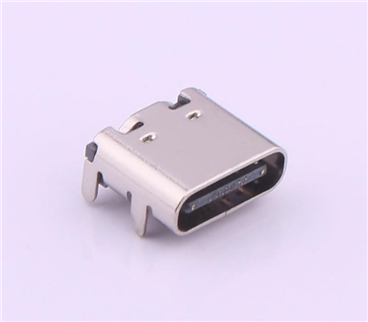
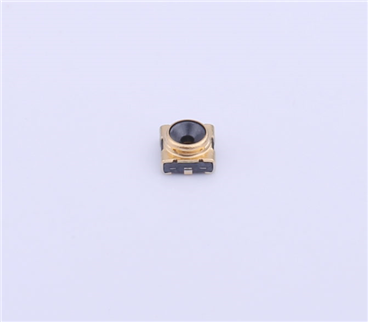
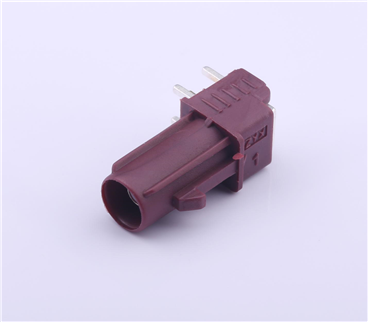
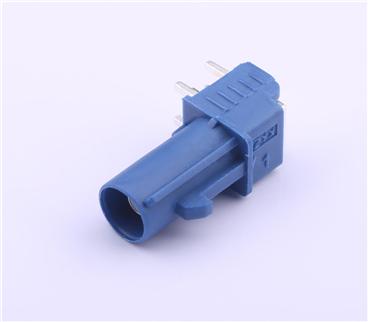
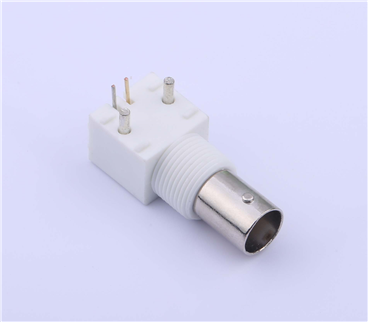
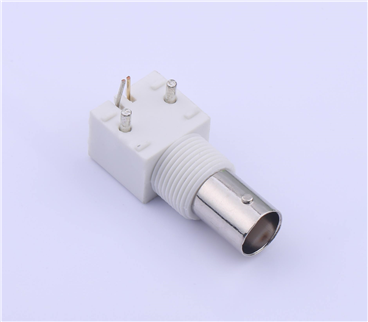
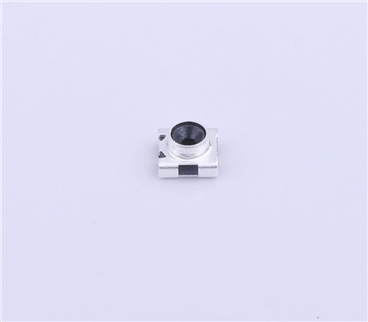
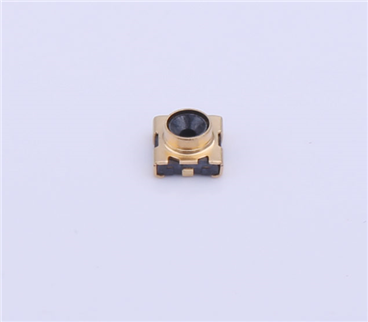
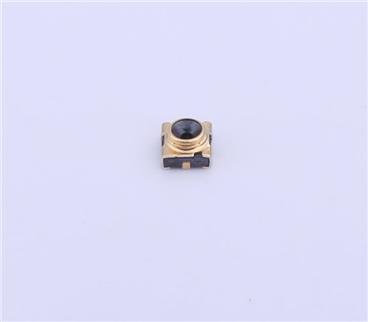
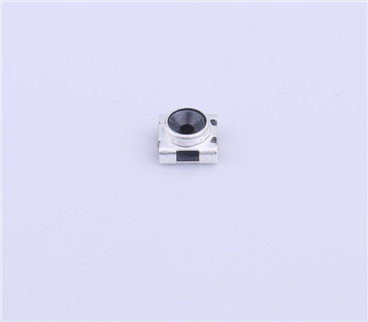
Copyright © Shenzhen Kinghelm Electronics Co., Ltd. all rights reservedYue ICP Bei No. 17113853
